México está entre las quince economías más prósperas del mundo, cuenta con un sistema educativo que atiende a más de 35 millones de alumnos en todos sus niveles, tiene desde hace 90 años una secretaría dedicada a la educación pública y tiene, desde hace más de tres décadas, un instituto dedicado a la educación de adultos. Aún más, la obra educativa nacional constituye uno de los mayores motivos de orgullo de los sucesivos gobiernos de la posrevolución. Sin embargo, en nuestro país el analfabetismo y la marginación educativa siguen manifestando una inequívoca señal de desigualdad e injusticia social.
De acuerdo con los datos censales del 2010, las personas al margen de las letras en México suman cerca de 5.4 millones –cifra superior a la población de países como Finlandia, Noruega, Costa Rica o Uruguay– las cuales ratifican, entre otros temas, la inobservancia del derecho a la educación establecido por la Constitución Política de 1917. En breve, en materia educativa el país está en falta desde hace un siglo. ¿Cómo llegamos hasta aquí? ¿Cómo explicar el grave déficit educativo en nuestro país? ¿Cómo decir “usted disculpe” a millones de mujeres y hombres en condición de exclusión educativa y social? ¿Quién se hace cargo del problema del analfabetismo en México?
Sin el ánimo de responder de manera puntual a todas estas interrogantes conviene establecer como punto de partida que el problema aquí abordado no se circunscribe a los individuos excluidos de la educación. Se trata de un problema social y humano que se extiende más allá de cada persona y que involucra a todos y cada uno de los mexicanos. Si, a todos. En tanto ciudadanos que compartimos suelo, cultura y nación, que nos regimos por las mismas leyes y que juntos aspiramos a un país mejor, las asimetrías educativas –y especialmente las condiciones que excluyen a millones de personas– ilustran una innegable condición de desigualdad y de falta de oportunidades para todos.
Es necesario recordar que en la sociedad mexicana caben, lo mismo algunas de las fortunas personales más grandes del mundo, que enormes franjas de pobreza y marginación social. Y ello no significa pluralidad o variedad social, representa un agravio para los más pobres y expresa los límites de un Estado que, hasta ahora, no ha logrado generar condiciones de equidad educativa ni construir un piso parejo para toda la sociedad. Sin el ánimo de profundizar en la situación de rezago educativo de la población de 15 años y más, baste recordar que, de acuerdo con los datos censales del 2010, el porcentaje de analfabetismo en la población mayor de 15 años representaba al 6.9 y el número de personas sin estudios concluidos de primaria y secundaria se acercaba a los 32 millones. Con base en tales cifras, es posible afirmar que al menos una cuarta parte de la población mexicana se encuentra en condiciones de precariedad educativa.
Rezago de la población de 15 años o más. Educación Básica en México (2010) Población de 15 años y más Analfabetas % Sin Primaria Terminada % Sin Secundaria Terminada % Rezago Total % 78,423,336 5,393,665 6.9 10,082,386 12.9 16,424,106 20.9 31,900,157 40.7 Fuente: INEA. Rezago educativo. Censo 2010. (Disponible en http://www.inea.gob.mx/transparencia/pdf/rezago_censo2010_nd.pdf)
Aunque es posible reconocer que el tema del analfabetismo ha estado presente en prácticamente todos los gobiernos de la posrevolución, lo cierto es que las políticas en esa materia han resultado francamente desalentadoras. Así, mientras algunas campañas y estrategias planteadas a lo largo del siglo XX alcanzaron un mayor logro e impacto social, otras se limitaron a la simple exaltación demagógica de la educación. Entre las primeras han de incluirse las campañas de José Vasconcelos entre 1920-1922; de Lázaro Cárdenas en 1934; de Jaime Torres Bodet en 1946 y 1958; e incluso de José López Portillo quien en 1981 impulsó la creación del Instituto Nacional para la Educación de los Adultos. Y aunque no vale la pena detenerse a referir los planteamientos meramente demagógicos sobre el analfabetismo, resulta imposible dejar de señalar que, a lo largo de las tres décadas recientes se privilegió una política mayormente restrictiva en términos sociales y educativos.
El analfabetismo hoy
De acuerdo con la Organización de las Naciones Unidas para la Educación, la Ciencia y la Cultura (UNESCO), la alfabetización, como parte de la educación, constituye un derecho humano. Se trata de un bien público que proporciona a las personas las herramientas básicas para incorporarse a la vida social, a la vida ciudadana, a la vida laboral, a la vida cultural, a la vida en su sentido más amplio. La condición del analfabetismo, por el contrario, expresa y genera marginación y, en la llamada sociedad del conocimiento, supone un déficit individual y social aún más grave que en el pasado.
Hoy el analfabetismo se concentra en los espacios sociales más vulnerables: personas en condiciones de pobreza, personas pertenecientes al medio rural, indígenas, mujeres. Y cuando se combinan algunas de estas condiciones, la vulnerabilidad y los riesgos sociales se profundizan. Así, a la dificultad para acercarse a la literatura, a la poesía o al conocimiento científico, se suma la imposibilidad de acceder de manera autónoma al complejo marco de las leyes o a los textos que definen la convivencia social. La condición de analfabetismo implica también la incapacidad de las personas para interpretar una receta, un prospecto médico o simplemente para identificar el nombre de una calle. No puede obviarse en esta apretada reflexión, el analfabetismo cuantitativo el cual refiere la ausencia de destrezas en materia de cálculo numérico y que constituye un profundo déficit para la vida y el trabajo.
Todas esas limitaciones son transmitidas como una infausta herencia a los hijos quienes, al carecer del apoyo familiar, ven mermadas sus posibilidades de trascendencia escolar y social. Al respecto, una de las voces más autorizadas en el tema de la alfabetización, Emilia Ferreiro, sostiene : “…ya lo sabemos y ha sido dicho mil veces: analfabetismo y pobreza van juntos, no son fenómenos independientes; analfabetismo y marginación social van juntos, no son fenómenos independientes. El analfabetismo de los padres está relacionado con el fracaso escolar de sus hijos” (Alfabetización. Teoría y práctica, México, Siglo XXI, 1997, p. 176).
Hoy las asimetrías de todo tipo –sociales, nacionales e internacionales– siguen presentes en la distribución del analfabetismo. Así, las cifras nacionales de la primera década del siglo XXI muestran un limitado esfuerzo en materia de alfabetización y una suerte de administración de la precariedad educativa pues el número de personas al margen de las letras apenas ha variado.
Población analfabeta en México, 2000-2010 Población de más de 15 años en condición de analfabetismo 2000a 2005a 2010b 2000-2010 Analfabeta % Analfabeta % Analfabeta % Absolutos % 5, 942, 091 9.45 5, 747, 813 8.35 5,393,665 6.87 -548, 426 -2.57 a Fuente: Anuario Estadístico de los Estados Unidos Mexicano 2010, INEGI, 2011, Capítulo 4, Cuadro 4.1. b Fuente: INEGI. Censo de Población y Vivienda 2010: Tabulados del cuestionario básico. (Disponible en http://www3.inegi.org.mx/sistemas/TabuladosBasicos/Default.aspx?c=27302&s=est.)
Es importante destacar que en términos nacionales se viven también serias condiciones de desigualdad pues, mientras el Distrito Federal ostenta indicadores comparables con los de naciones avanzadas (por debajo del 3 por ciento de analfabetismo) otros estados de la República viven una situación que los equipara a las naciones más pobres. Por ejemplo, las entidades federativas con mayores porcentajes de analfabetismo son Chiapas, con 18.41; Guerrero, 17.53; Oaxaca, 16.92, y Veracruz, 12.02. Además, mientras el porcentaje nacional de analfabetismo es de 6.31 para los hombres, y 8.89 para las mujeres, en los estados señalados la proporción de mujeres analfabetas crece de manera notable.
El problema del analfabetismo es mundial y expresa la enorme polaridad entre las naciones. Así, de acuerdo con la UNESCO, al menos 793 millones de personas en el planeta no saben leer ni escribir y en once países más de la mitad de su población está en condiciones de analfabetismo. La proporción de población analfabeta se concentra en el sur y el oeste de Asia (51.8%); en África subsahariana (21.4%); en Asia Oriental y el Pacífico (12.8%); en los Estados Árabes (7.6%); y en América Latina y el Caribe (4.6%). Otras regiones como América del Norte y Europa concentran cifras muy menores de analfabetismo (2%). Como es posible observar, las asimetrías económicas internacionales, también se expresan de manera inequívoca en los indicadores de analfabetismo.
A manera de cierre
¿Y quién se hace cargo? El problema del analfabetismo, como ya se ha dicho, es un tema que trasciende a los individuos y que compete a la sociedad toda. Hoy más que nunca resulta esencial reconocer la magnitud del rezago educativo en México y, tal como señalaba Stéphane Hessel (¡Indignaos!, Barcelona, Destino, 2011), es necesario manifestar la más profunda indignación ante la brecha que divide al país entre quienes lo tienen todo y quienes carecen de todo. Que separa a quienes tienen acceso franco a la educación, de quienes están excluidos aun del escalón más elemental de ella.
El Estado por su parte está llamado a atender de una manera clara y definitiva su responsabilidad en la conducción política de los asuntos que conciernen al todo social, así como a promover políticas basadas en la igualdad y la justicia. El rezago educativo y de manera especial la alfabetización, están en dicho supuesto y su solución definitiva –si, definitiva– constituyen una responsabilidad inaplazable para el Estado. ¿No son acaso suficientes cien años para cerrar en forma definitiva una brecha claramente ofensiva para toda la sociedad mexicana?
Datos de:
INEGI. Anuario Estadístico de los Estados Unidos Mexicano 2010, México, 2011. Capítulo 4, Cuadro 4.1.
INEGI. Censo de Población y Vivienda 2010: Tabulados del cuestionario básico. Disponible en http://www3.inegi.org.mx/sistemas/TabuladosBasicos/Default.aspx?c=27302&s=est.)
INEA. Rezago educativo. Censo 2010. Disponible en: http://www.inea.gob.mx/transparencia/pdf/rezago_censo2010_nd.pdf) UNESCO. “793 personas no saben leer ni escribir”. Portal. Disponible en http://portal.unesco.org/geography/es/ev.phpURL_ID=14589&URL_DO=DO_TOPIC&URL_SECTION=201.html UNESCO. Adult and Youth Literacy. UIS FACT SHEET. Disponible en http://www.uis.unesco.org/literacy/Documents/fs26-2013-literacy-en.pdf
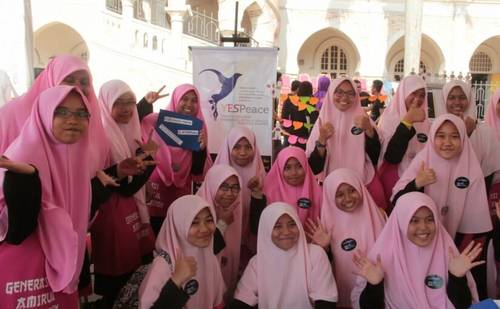
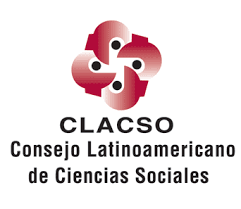
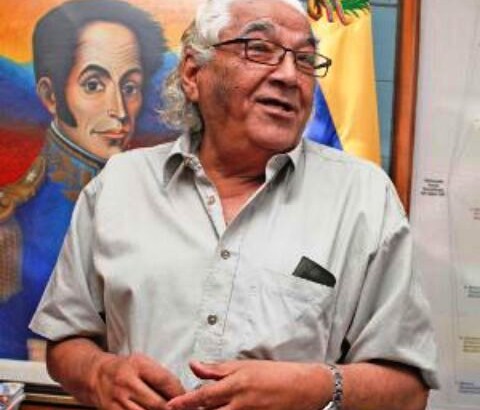
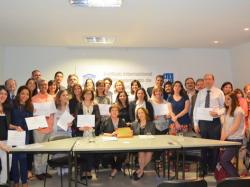
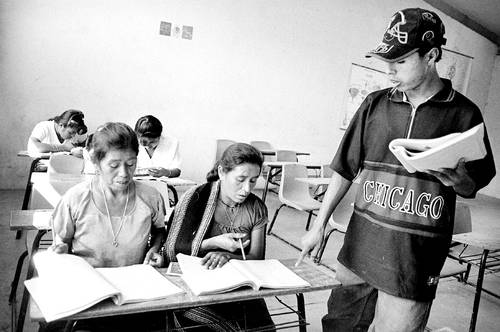
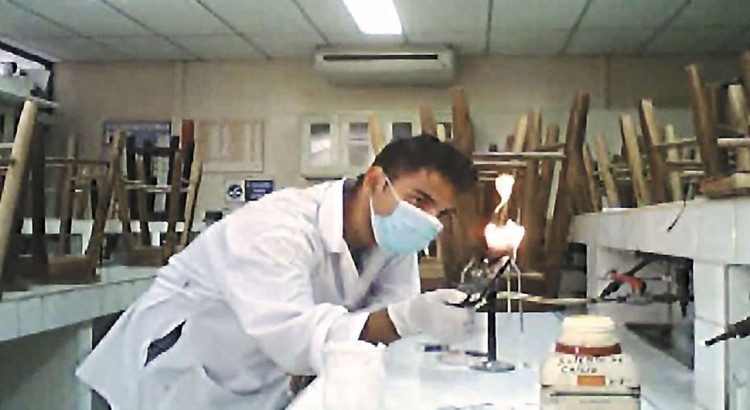







 Users Today : 12
Users Today : 12 Total Users : 35460673
Total Users : 35460673 Views Today : 32
Views Today : 32 Total views : 3419777
Total views : 3419777